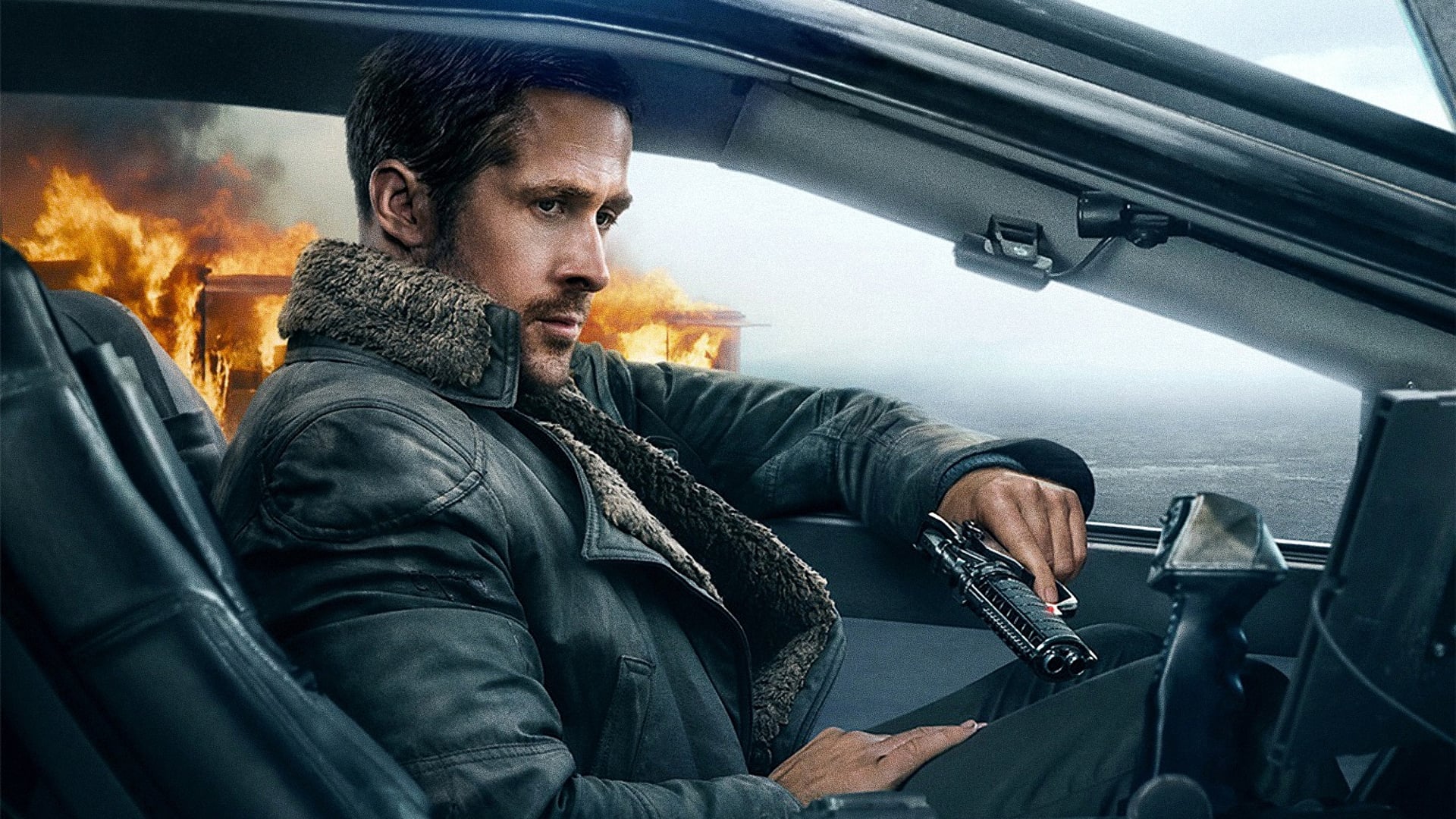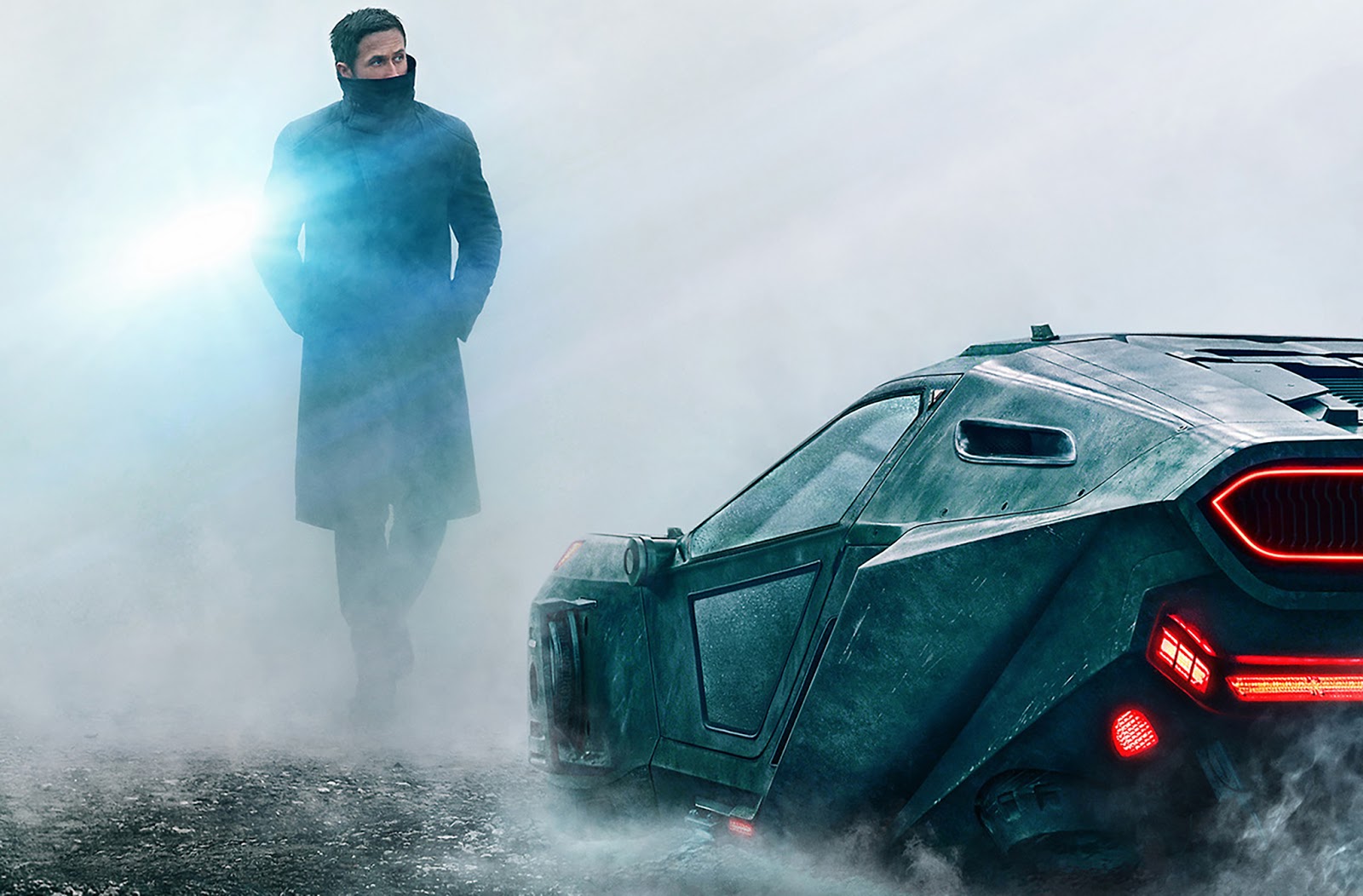

A scene from Blade Runner 2049 Warner Bros.īlade Runner 2049 does its due diligence as a sequel, wrapping up some threads from the original film that may (or may not) satisfy some fans still puzzling over Blade Runner’s biggest open question.

In this film he works with his frequent collaborator, the great cinematographer Roger Deakins, whose comically accomplished oeuvre and work in this film almost certainly guarantees him an Oscar nomination, if not the still-elusive Oscar itself.
BLADE RUNNER 2049 SCREENPLAY HOW TO
It’s the sort of original and stylish film that - if Hollywood is going to insist on resurrecting everything - is actually worth the film it’s printed on.Īnd it’s worth seeing on a big screen, because if there’s one thing Scott’s successor Denis Villeneuve knows how to do, it’s make a compelling image. If you are already inclined to see Blade Runner 2049, then go for it. Blade Runner 2049 is worth seeing, despite its faults And this leads to the inevitable question about Denis Villeneuve’s new film: Was it worth it? Even in a sequel-happy culture, the inevitable decision to make Blade Runner 2049 was gutsy. To follow that act requires considerable cojones, which might be why it took 35 years for a sequel to appear. The look of Blade Runner was intricately connected to its deep moral questioning, all set against an operatic score. It raised the question of whether our continuation could even be a good thing, and on whom our survival depends, themes that extend through everything from Battlestar Galactica to Wall-E. Blade Runner wasn’t content to just explore humanity - it aimed to make us, as audience members, question our own humanity by complicating our glib assumptions about our own superiority as a race. Vox-mark vox-mark vox-mark vox-mark vox-markīlade Runner defined the visual vocabulary that would rule science fiction for a generation, but more importantly, it carved out an ethical and moral space for those visuals to operate within.


 0 kommentar(er)
0 kommentar(er)
